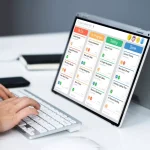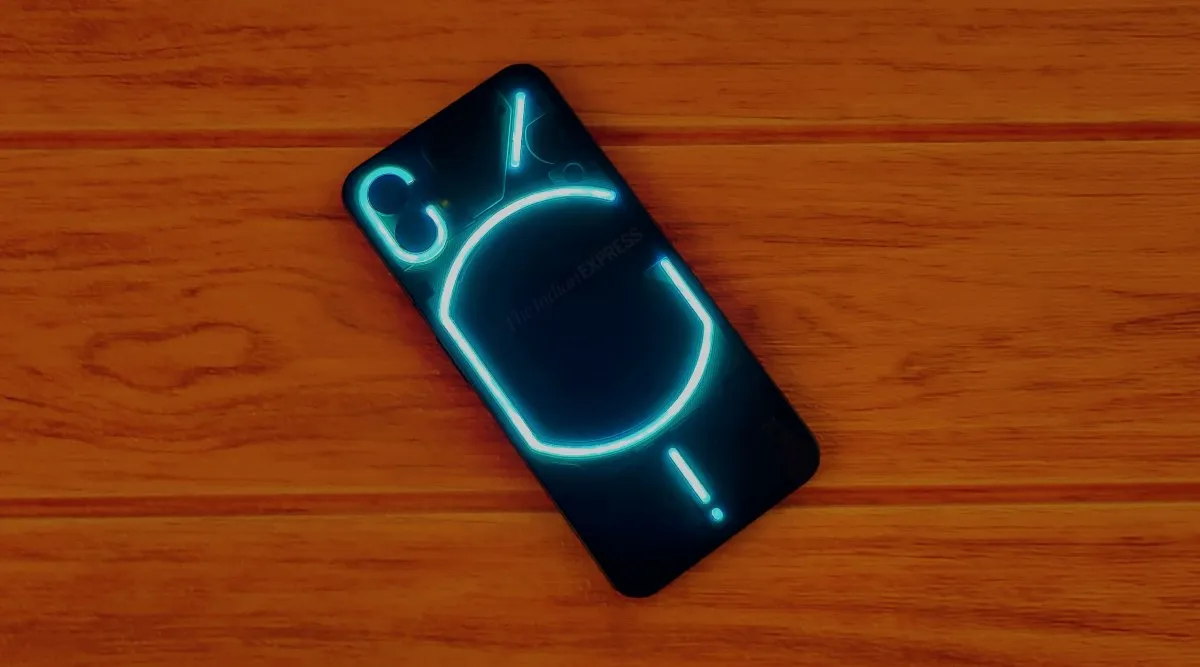Power banks have become an essential travel accessory, especially for international flights. These portable chargers are a convenient way to keep our devices powered up while on the go. However, when it comes to bringing power banks on international flights, there are certain regulations and restrictions that passengers need to be aware of. While power banks with a capacity of 20000mAh are generally allowed on international flights, there are limitations on the amount of power capacity that can be brought onboard. It’s important for travelers to check with their specific airline and destination country’s regulations before packing their power banks. In this article, we will explore the guidelines and restrictions regarding the use of power banks on international flights, as well as provide tips on how to ensure a smooth travel experience with your portable charger.
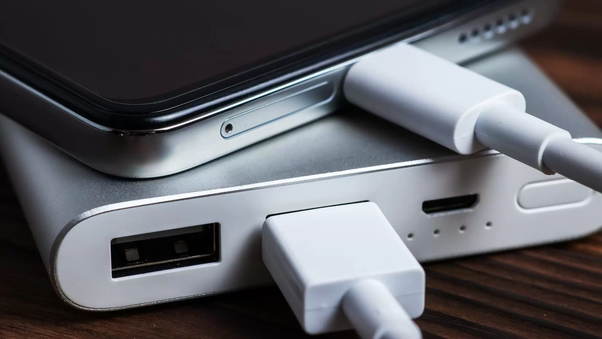
Understanding Power Bank Regulations for International Flights
Overview of power bank regulations
The regulations surrounding power banks on international flights are essential for travelers to understand before embarking on their journey. These regulations are put in place to ensure the safety of passengers and crew, as well as to prevent any potential hazards that may arise from the carriage of power banks. It is crucial for travelers to familiarize themselves with these regulations to avoid any issues during their travels.
Importance of checking airline and destination country regulations
Checking with specific airlines and destination countries is of utmost importance when it comes to understanding power bank regulations for international flights. Different airlines and countries may have varying regulations and restrictions regarding the capacity and carriage of power banks. Therefore, travelers should always consult with the respective airline and review the guidelines of their destination country to ensure compliance with the regulations.
Carrying power banks in carry-on luggage
Carrying power banks in carry-on luggage is a crucial aspect of complying with international flight regulations. Most airlines prohibit the inclusion of lithium power banks in checked baggage due to safety concerns. Therefore, travelers are advised to carry their power banks in their carry-on luggage to ensure that they are readily accessible and to minimize the risk of potential hazards caused by lithium-ion batteries.
Capacity Limits for Power Banks on International Flights
Allowed capacity for power banks in cabin luggage
The capacity limits for power banks on international flights vary by airline and country. Generally, power banks with a capacity of 20000mAh are allowed in cabin luggage. Most airlines have a limit on the capacity of power banks allowed in the cabin, which typically ranges between 100-300 watt-hours.
Passengers should be aware that lithium power banks are prohibited in checked luggage and must be carried in hand luggage. It is important to check with the specific airline and destination country’s regulations before traveling to ensure compliance with capacity limits.
Requirement for airline approval for power banks with specific capacity
The Federal Aviation Administration (FAA) enforces regulations on power banks, stating that each battery must be for personal use and not for commercial or sales purposes. The FAA also allows up to two batteries at up to 160 watt-hours per passenger, but this must be approved by the airline. It is important to have documentation from the ticketing agent confirming approval for carrying power banks with higher capacities.
Additionally, TSA regulations also prohibit lithium batteries in checked luggage, reinforcing the requirement for power banks to be carried in hand luggage only. Passengers should also be aware that the final decision on whether an item is allowed through the checkpoint rests with the TSA officer.
Strict prohibition on power banks with high capacity
Power banks with a capacity of more than 160 watt-hours are strictly prohibited by various airlines internationally. It is crucial to carry power banks in cabin luggage, as they are prohibited in checked luggage, and to have documentation confirming approval for carrying power banks with higher capacities.
Specific Examples of Power Bank Capacity and Watt-Hours
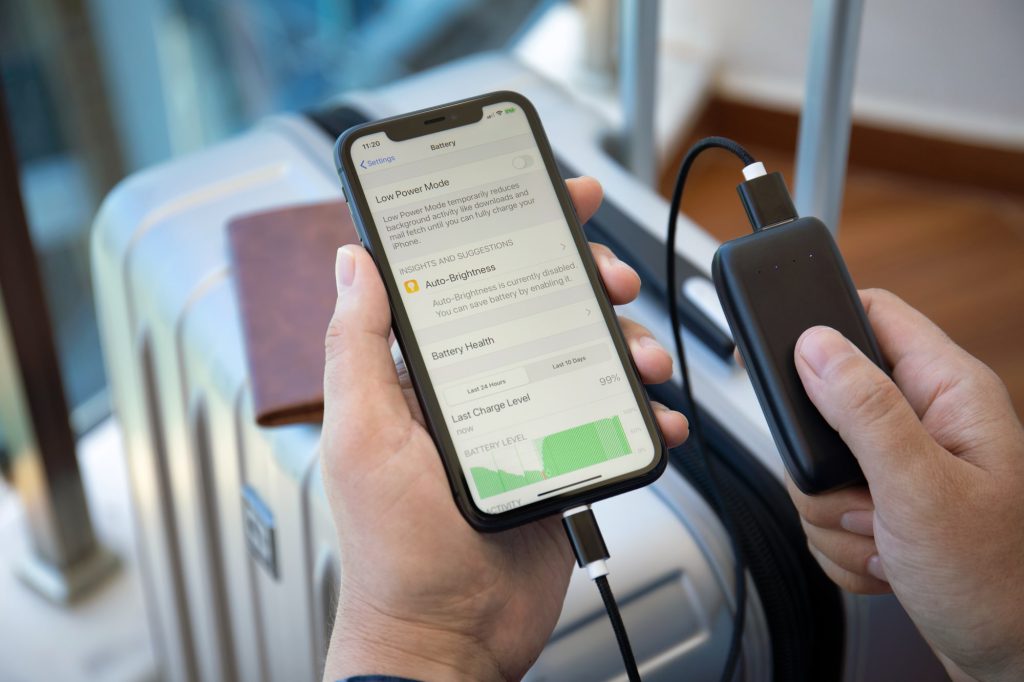
The capacity of power banks is measured in milliampere-hours (mAh), while watt-hours (Wh) indicate the amount of energy the power bank can store and deliver. Understanding the relationship between power bank capacity and watt-hours is essential for air travel, as airlines have specific restrictions based on the watt-hour capacity of power banks.
Explanation of how power bank capacity relates to watt-hours
To calculate the watt-hours of a power bank, the formula Watt-Hours = Milliamp Hours/1000 x Voltage is used. This formula helps in understanding how the capacity of a power bank translates into watt-hours, which is the standard measure for energy capacity. For example, a 20000mAh power bank at 5V equates to approximately 100 watt-hours, making it within the permissible capacity for cabin luggage on international flights.
Example of a 20000mAh power bank and its watt-hour calculation
A 20000mAh power bank falls within the allowed capacity for cabin luggage on international flights, as its watt-hour calculation is 20000mAh / 1000 x 5V = 100Wh. This calculation demonstrates that the power bank complies with the restrictions set by airlines and regulatory authorities, making it suitable for travel without the need for special approval.
FAA Regulations and Safety Concerns
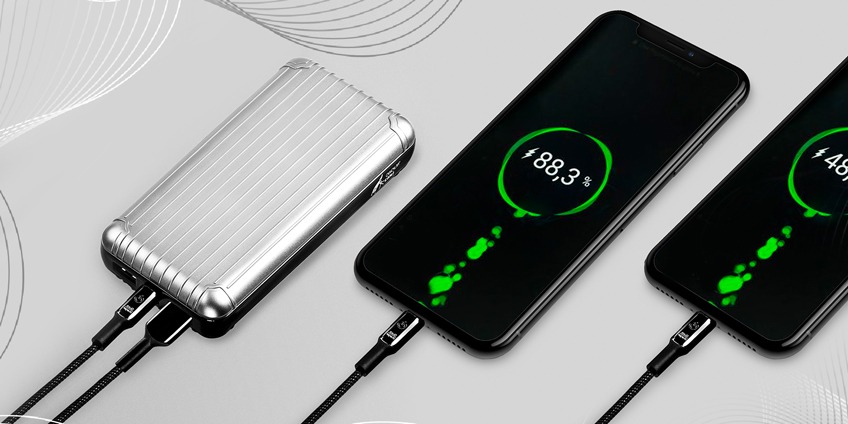
The Federal Aviation Administration (FAA) has specific regulations regarding the permissible watt-hour limits for lithium batteries, including power banks. It is crucial for travelers to adhere to these guidelines to ensure compliance with safety regulations. Additionally, due to safety concerns related to thermal runaway, power banks are required to be carried in carry-on luggage rather than checked baggage, as this allows for immediate response in case of battery-related incidents.
Obtaining Approval for High Watt-Hour Capacity
Passengers carrying multiple batteries with watt-hours exceeding 100 may need to obtain approval from airlines before traveling. It is important to check with the specific airline regarding their policies and procedures for carrying high-capacity power banks to avoid any inconvenience or issues during the travel process.
Compliance with IATA Regulations
Understanding and complying with the regulations set by the International Air Transport Association (IATA) is essential for a smooth and hassle-free travel experience. Passengers should familiarize themselves with the guidelines for carrying power banks and ensure that their devices meet the required watt-hour limits to avoid any complications during security checks and boarding.
Conclusion
Understanding the capacity of power banks in watt-hours is crucial for air travel. While power banks are permitted in cabin luggage, there are specific guidelines and restrictions that need to be followed. It is important for passengers to check the watt-hour capacity of their power banks and obtain approval from the airline if necessary. This knowledge will help avoid any last-minute surprises or hassles at the airport and ensure compliance with the safety regulations set by the International Air Transport Association (IATA).
conclusion
In conclusion, understanding the regulations and capacity limits for power banks on international flights is crucial for travelers to ensure a smooth and hassle-free journey. It is important for travelers to carry their power banks in their carry-on luggage to comply with TSA regulations and to minimize potential hazards associated with lithium-ion batteries. The capacity limits for power banks vary by airline and country, and passengers should familiarize themselves with these guidelines to avoid any complications during security checks and boarding. By being aware of the allowed watt-hour limits and ensuring that their devices meet these requirements, travelers can ensure a seamless travel experience without any issues related to their power banks.


